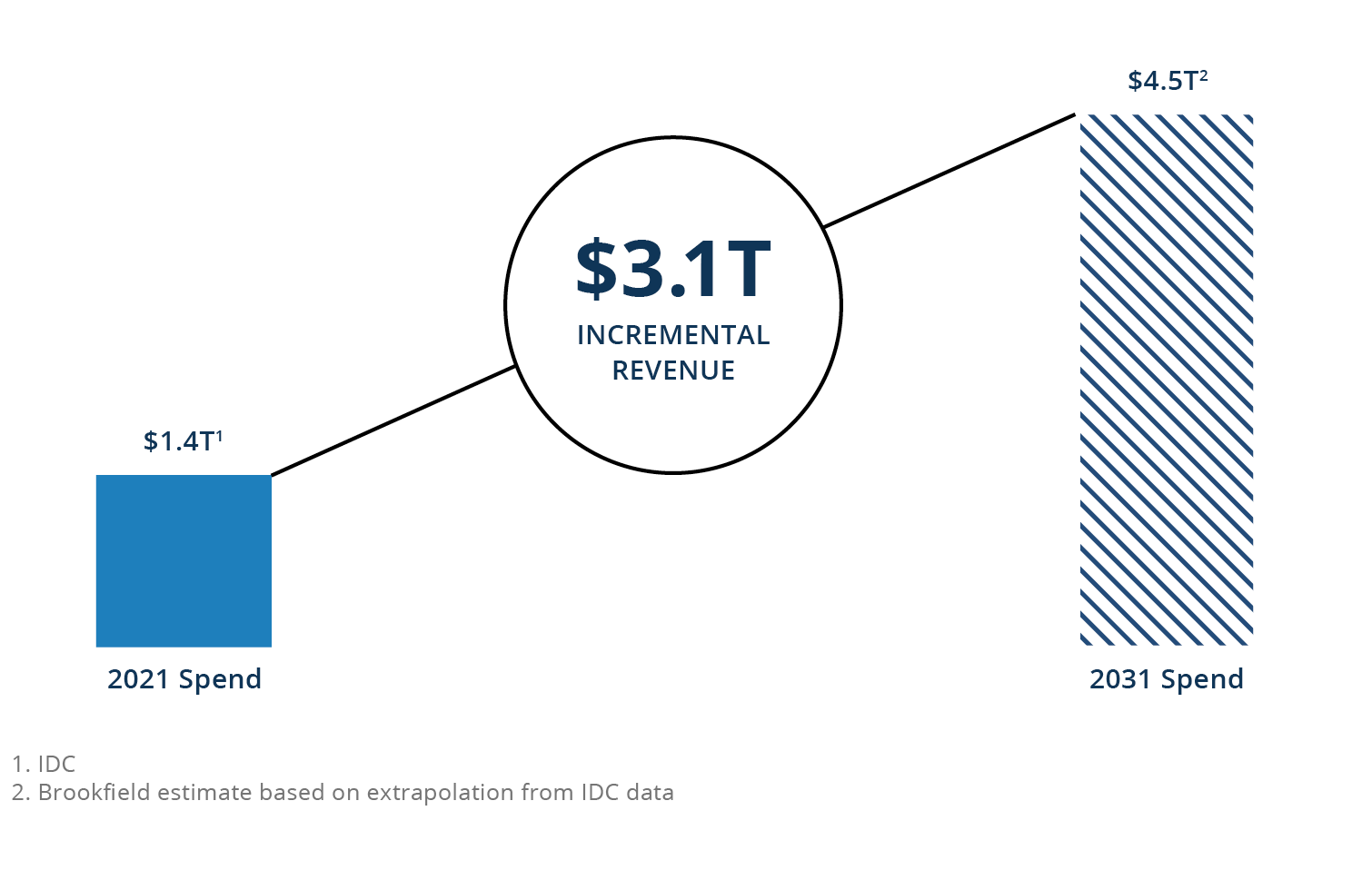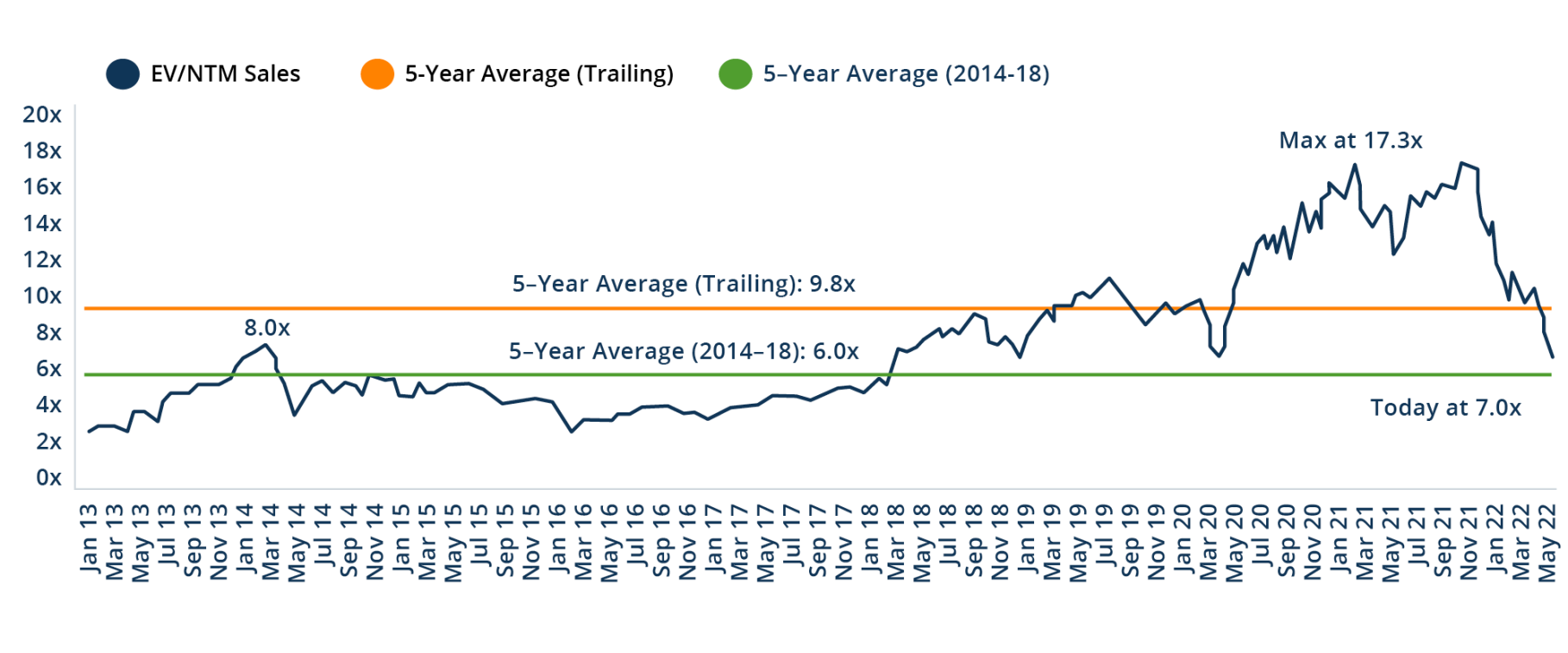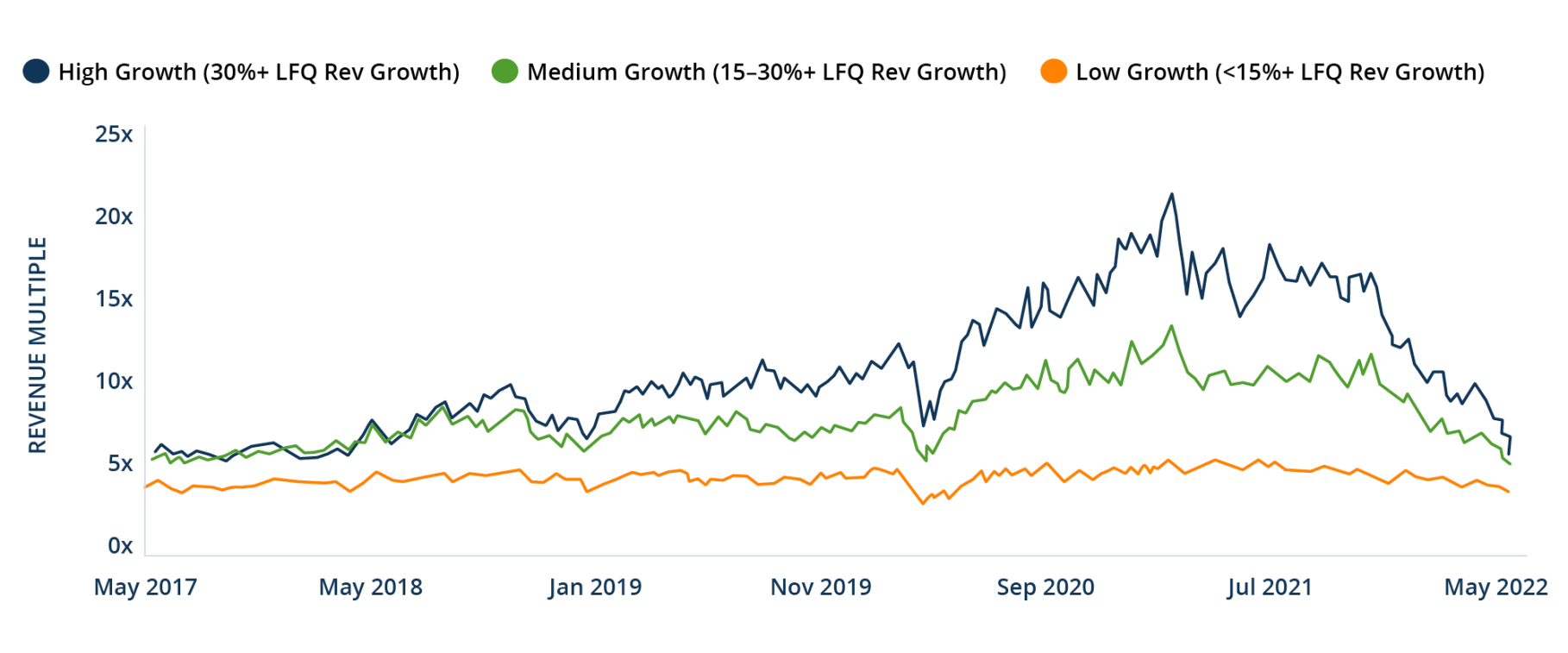Q: Finance 101 says that the value of a business is the net present value of future cash flows. Do these revenues eventually translate to cash flows? Does that rule still exist or have we rewritten the rules entirely?
Bayerd: That rule absolutely still exists. Technology companies are held to the same investment standards as every other industry sector within Brookfield. The investments we make in technology businesses support the delivery of mission-critical products to enterprise customers and are part of the daily workflow of the end-user. Because these businesses have contractually recurring revenues, we have a high degree of confidence in their ability to generate free cash flows. This confidence stems from the fact that customers are reluctant to rip out product that has been entrenched in their workforce. Retraining your entire staff to learn a new process or procedure will likely lead to a loss of productivity in the short term and may not provide significant savings in the medium to longer term.
Therefore, we find that customers tend to leave this type of software in place. This inertia is important, as the businesses we invest in also tend to have high gross margins, relatively stable operating expenses and limited capital expenditures. In other words, if we can diligence and underwrite the revenue stream with a high degree of confidence, we can also determine with a high degree of confidence when to expect high-margin free cash flows. A good example would be Microsoft Excel—it would be really difficult to rip that software out of our computers, given the way we have trained our staff to work and manage our businesses today on that software.
Q: Construction seems to be one of the least digitized industries in the world, which can lead to massive inefficiency. Is this an investment opportunity?
Raffaelli: This is a core area of focus for Brookfield. To illustrate the extent of the opportunity, in 1994, the productivity per worker in the manufacturing and construction industries was the same, at $64,000 per employee. Twenty years later, that number had almost doubled to $106,000 for manufacturing, while it remained completely flat for the construction industry. One of our first growth investments was in a company that helps simplify the processes involved in construction projects. Consider a general contractor who needs to hire various subcontractors. How do they make that process more efficient? Unless they have a technology solution, they’ll be dealing with stacks of paper, making it difficult to compare and contrast their options for plumbers, electricians, builders, etc. Our portfolio company essentially digitized a workflow to make this more efficient.
Another one of our portfolio companies is helping to change the way dollars flow between a developer like Brookfield and a bank. The company’s software automates manual workflows and centralizes loan information so banks can make faster, more informed lending decisions. We are very interested in this area—it has taken a very long time to digitize—and see substantial opportunity for growth and expansion.
Bayerd: We are seeing an explosion of activity in real estate and construction at the growth stage of investing. Software is digitizing what used to be manual processes and automating them. Real estate is no different from every other sector that has gone through that progression. As software continues to penetrate the sector, we are hopeful that this will result in larger businesses that we can invest in at scale.
Ranjan: And there are many other examples where technology is helping transform more traditional sectors that revolve around real assets. In the real estate space, we invested in a smart-lock manufacturer and were able to immediately roll its products out to 40,000 of our multifamily units in the U.S. Because of our experience as an owner and operator of real assets, we had very clear insight into what this technology could do if used in properties like ours. In health care, we invested in a telemedicine provider. During the pandemic, when the company needed 87 locations virtually overnight, we were able to provide those locations across our retail and office footprint in the U.S.
Being able to identify these types of synergies allows us to decide specifically and in a very disciplined fashion where we want to invest.
Q: What are some other areas where you see technology having a significant impact?
Ranjan: In renewables, there are companies that are adopting technology at an increasingly rapid pace to meet ESG mandates. For example: Net-zero enablement enterprise software is needed to measure and track net-zero initiatives. In infrastructure, there is the digitization of the supply chain—such as automated ports, or autonomous trucks. In real estate, where and how people are working is evolving, and technology is playing a big role in enhancing connectivity and increasing productivity. In credit, some innovative software packages are helping creditors provide loans in a better and faster way. In insurance, enterprise software is playing a big role in the digital transformation to drive additional returns in a low-interest-rate environment. We’re also spending a lot of time evaluating cybersecurity businesses—this is an area we believe can generate stable, infrastructure-like cash flows. If you have the right software in a particular industry, it's something that people are going to pay for forever.
Bayerd: The goal is to partner with management teams as a differentiated investor through differentiated information. This is done by serving as the voice of the customer—since Brookfield is the customer in many circumstances. We can also provide insights for companies looking to expand into new markets or geographies, given Brookfield’s footprint around the world. In many cases, we have had a front-row seat to witness the growth of software within these industries, and a view on how technology is being adopted to solve workplace problems.
Across everything that we do, we are seeing technology play a key role in changing the underlying businesses.



